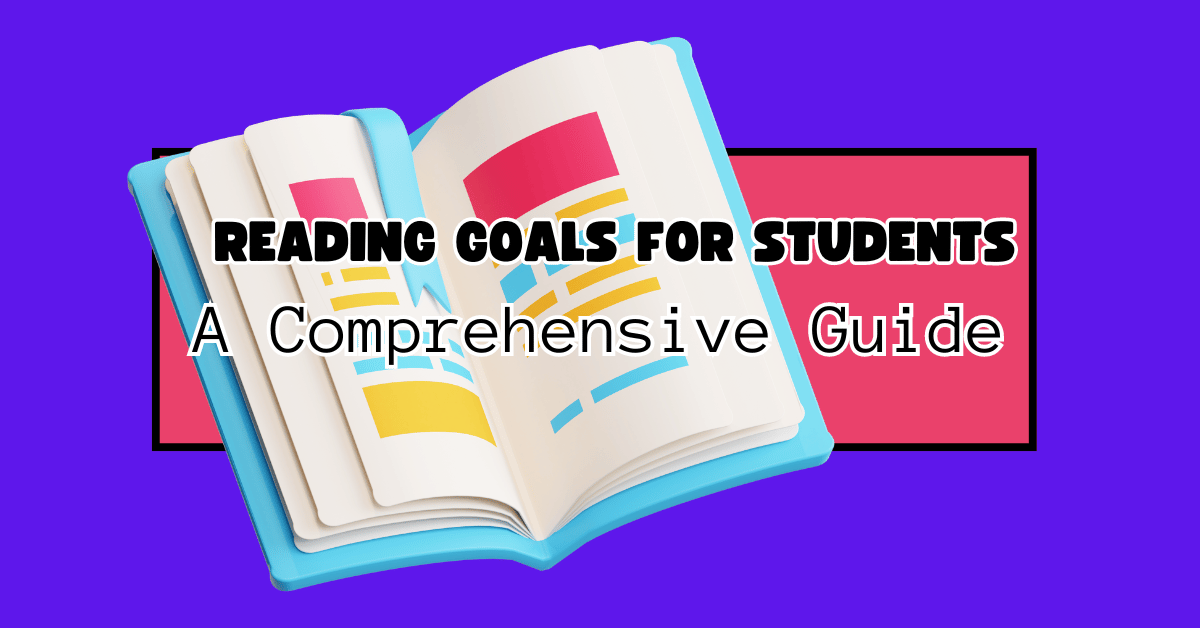Introduction: Reading Goals for Students
IEP Goals for Reading Skills
Individualized Education Programs (IEPs) are designed to provide students with disabilities with the support and services they need to access and succeed in the general education curriculum. IEP goals are specific, measurable, attainable, relevant, and time-bound objectives developed for each student based on their needs.
Reading is a fundamental skill essential for success in school and beyond. Students with reading difficulties may need additional support to develop their reading skills. IEP goals can address a variety of reading skills, including decoding, fluency, finding key ideas and details, making inferences, comprehension, and vocabulary.
The following are sample IEP goals associated with six reading skills:
- Decoding: The student will decode unfamiliar words accurately and fluently.
- Fluency: The student will read orally with accuracy, fluency, and expression.
- Finding key ideas and details: The student will identify and extract key ideas and details from the text.
- Making inferences: The student will make inferences and conclude the text.
- Comprehension: The student will comprehend and understand the text.
- Vocabulary: The student will expand their vocabulary and use new words correctly.
These goals are just a starting point. IEP goals should be tailored to the individual needs of each student. When developing IEP goals, it is essential to consider the student’s strengths and weaknesses, as well as their current level of performance. IEP goals should also be challenging but achievable and monitored regularly to ensure the student is progressing.
IEP goals can help students with reading difficulties develop the skills they need to succeed in school and beyond by providing targeted support and instruction.
- Read More Articles: Health Sciences Learning Center: A Hub for Healthcare Education and Innovation
Read More Pages: Contact Us
Reading Skill: Decoding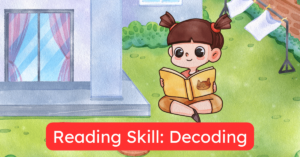
- Goal: The student will decode unfamiliar words accurately and fluently.
- Objectives:
- The student will decode unfamiliar words using phonics skills with 90% accuracy.
- The student will decode unfamiliar words using structural analysis skills with 80% accuracy.
- The student will decode unfamiliar words using context clues with 75% accuracy.
Reading Skill: Fluency 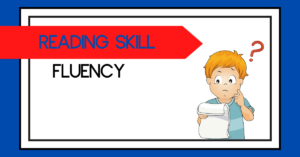
- Goal: The student will read orally with accuracy, fluency, and expression.
- Objectives:
- The student will read orally with 95% accuracy.
- The student will read orally at a rate of 90 words per minute.
- The student will use appropriate intonation and phrasing when reading orally.
Reading Skill: Finding Key Ideas and Details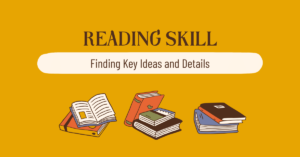
- Goal: The student will identify and extract key ideas and details from the text.
- Objectives:
- The student will identify the main idea of a text with 80% accuracy.
- The student will locate supporting details from a text with 75% accuracy.
- The student will use critical ideas and details to answer questions about a text with 85% accuracy.
Reading Skill: Making Inferences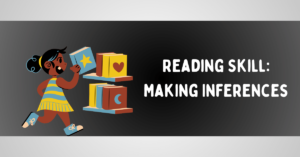
- Goal: The student will make inferences and draw conclusions from the text.
- Objectives:
- The student will make inferences about characters, events, and settings with 70% accuracy.
- The student will conclude the text with 80% accuracy.
- The student will support inferences and conclusions with evidence from the text with 75% accuracy.
Reading Skill: Comprehension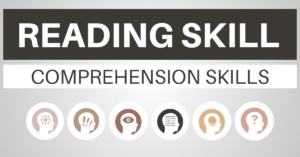
- Goal: The student will comprehend and understand the text.
- Objectives:
- The student will answer comprehension questions with 85% accuracy.
- The student will summarize the text with 75% accuracy.
- The student will connect text and prior knowledge with 80% accuracy.
Reading Skill: Vocabulary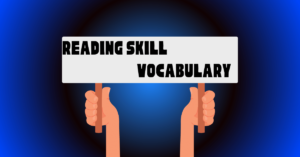
- Goal: The student will expand their vocabulary and use new words correctly.
- Objectives:
- The student will learn ten new vocabulary words per week.
- The student will use new vocabulary words correctly in writing and speaking with 80% accuracy.
- The student will use context clues to determine the meaning of unfamiliar words with 75% accuracy.
The Importance of Reading Goals
Setting specific and measurable reading goals gives students a clear roadmap for their reading journey. It helps them:
- Stay Motivated: Goals give students a sense of purpose and direction, propelling them to engage actively in reading activities.
- Track Progress: Goals allow students to monitor their growth and celebrate their accomplishments, fostering a sense of confidence and self-efficacy.
- Identify Areas for Improvement: By setting specific goals, students can pinpoint areas needing additional support, enabling targeted interventions.
- Develop a Reading Habit: Goals encourage students to read regularly, instilling a lifelong love for literature and learning.
Types of Reading Goals
Reading goals can be categorized into three main types:
- Comprehension Goals: These goals focus on improving students’ reading comprehension. Examples include:
- Summarizing a text
- Identifying the main idea
- Making inferences
- Fluency goals aim to enhance students’ reading speed, accuracy, and expressiveness. Examples include:
- Reading aloud with accuracy
- Reading at a specific rate
- Using appropriate intonation and phrasing
- Vocabulary Goals: These goals are designed to expand students’ knowledge of words and meanings. Examples include:
- Learning new words in context
- Using a dictionary or thesaurus
- Identifying synonyms and antonyms
Setting Effective Reading Goals
To ensure that reading goals are practical, educators should consider the following principles:
- SMART Goals: Goals should be specific, measurable, achievable, relevant, and time-bound.
- Student-Centered: Goals should be tailored to individual student needs and abilities.
- Collaborative: Involve students in setting goals to foster ownership and motivation.
- Realistic: Goals should be challenging yet achievable to prevent discouragement.
- Monitor and Adjust: Regularly track student progress and adjust goals as needed.
Strategies for Implementing Reading Goals
- Create a Reading Culture: Establish a classroom environment that values reading and encourages students to engage with books.
- Set Clear Expectations: Communicate reading goals explicitly to students and provide regular feedback.
- Provide Opportunities for Practice: Offer ample opportunities for students to read independently and participate in guided reading activities.
- Use Technology: Leverage technology to enhance reading experiences, such as online reading platforms or audiobooks.
- Foster Collaboration: Encourage students to collaborate on reading projects and share their insights.
- Celebrate Success: Recognize and celebrate student progress towards their reading goals, big and small.
Conclusion: Reading Goals for Students
IEP goals are an essential part of the IEP process. They provide a roadmap for the student’s progress and help ensure that the student receives the support and services they need to succeed in school. IEP goals should be specific, measurable, attainable, relevant, and time-bound. They should also be developed in collaboration with the students, parents, and teachers.
The six reading skills discussed in this article are essential for success in school and beyond. By setting IEP goals that target these skills, educators can help students with reading difficulties develop the skills they need to succeed.
It is important to remember that IEP goals are not static. They should be reviewed and revised regularly to ensure they are still appropriate for the student’s needs. As the student progresses, their goals should become more challenging. By working together, educators, parents, and students can ensure that IEP goals help students reach their full potential.
FAQ
What are IEP goals?
IEP goals are specific, measurable, attainable, relevant, and time-bound objectives developed for each student with a disability based on their individual needs. They are designed to help students progress in their education and prepare them for success after high school.
Why are IEP goals important?
IEP goals are essential because they provide a roadmap for the student’s progress and help ensure that the student receives the support and services they need to succeed in school. IEP goals also help to communicate the student’s needs to teachers, parents, and other professionals.
Who is involved in developing IEP goals?
IEP goals are developed by a team of people, including the student, their parents, their teachers, and other professionals, such as speech therapists or occupational therapists. The team works together to identify the student’s needs and develop goals to help the student progress.
How often are IEP goals reviewed?
If the student’s needs change, IEP goals should be reviewed annually or more often. The team will meet to discuss the student’s progress and to make any necessary changes to the goals.
What happens if a student fails to meet their IEP goals?
If a student does not meet their IEP goals, the team will discuss why and make any necessary changes to the goals or the student’s services.
How can I help my child achieve their IEP goals?
There are several things that you can do to help your child achieve their IEP goals, such as:
- Be involved in the IEP process. Attend IEP meetings and ask questions about your child’s goals and how they will be measured.
- Work with your child’s teachers. Please communicate with your child’s teachers regularly to discuss your child’s progress and identify any areas where your child needs additional support.
- Provide support at home. Help your child with homework and give them opportunities to practice the skills they are learning in school.
Additional Questions
What are some examples of IEP goals for reading?
Some examples of IEP goals for reading include:
- The student will decode unfamiliar words accurately and fluently.
- The student will read orally with accuracy, fluency, and expression.
- The student will identify and extract key ideas and details from the text.
- The student will make inferences and conclude the text.
- The student will comprehend and understand the text.
- The student will expand their vocabulary and use new words correctly.
How can I track my child’s progress toward their IEP goals?
Several ways to track your child’s progress toward their IEP goals exist. One way is to keep a record of your child’s work. Another way is to ask your child’s teachers for feedback. You can also use standardized tests to measure your child’s progress.
What should I do if I have questions about my child’s IEP goals?
If you have questions about your child’s IEP goals, you should talk to the team. The team can answer your questions and help you understand your child’s goals and how they will be measured.


